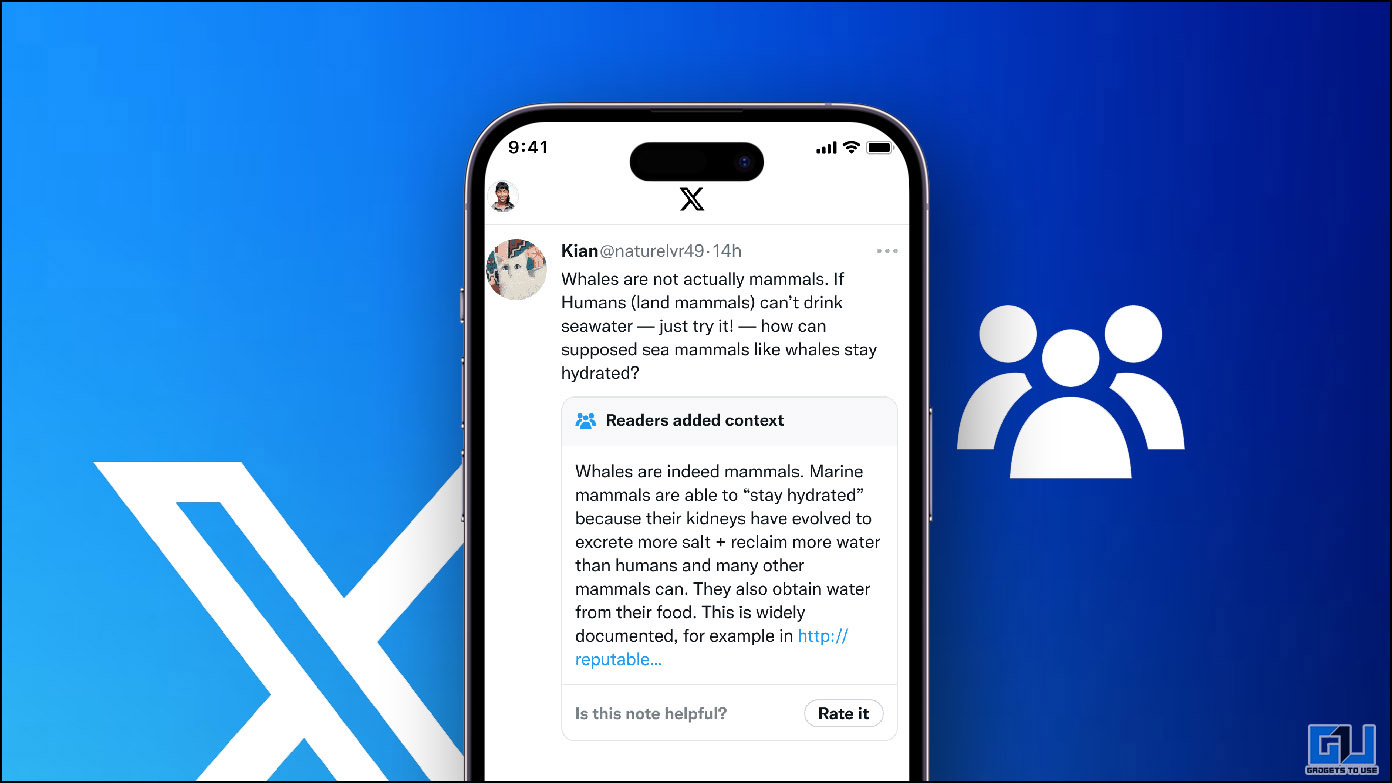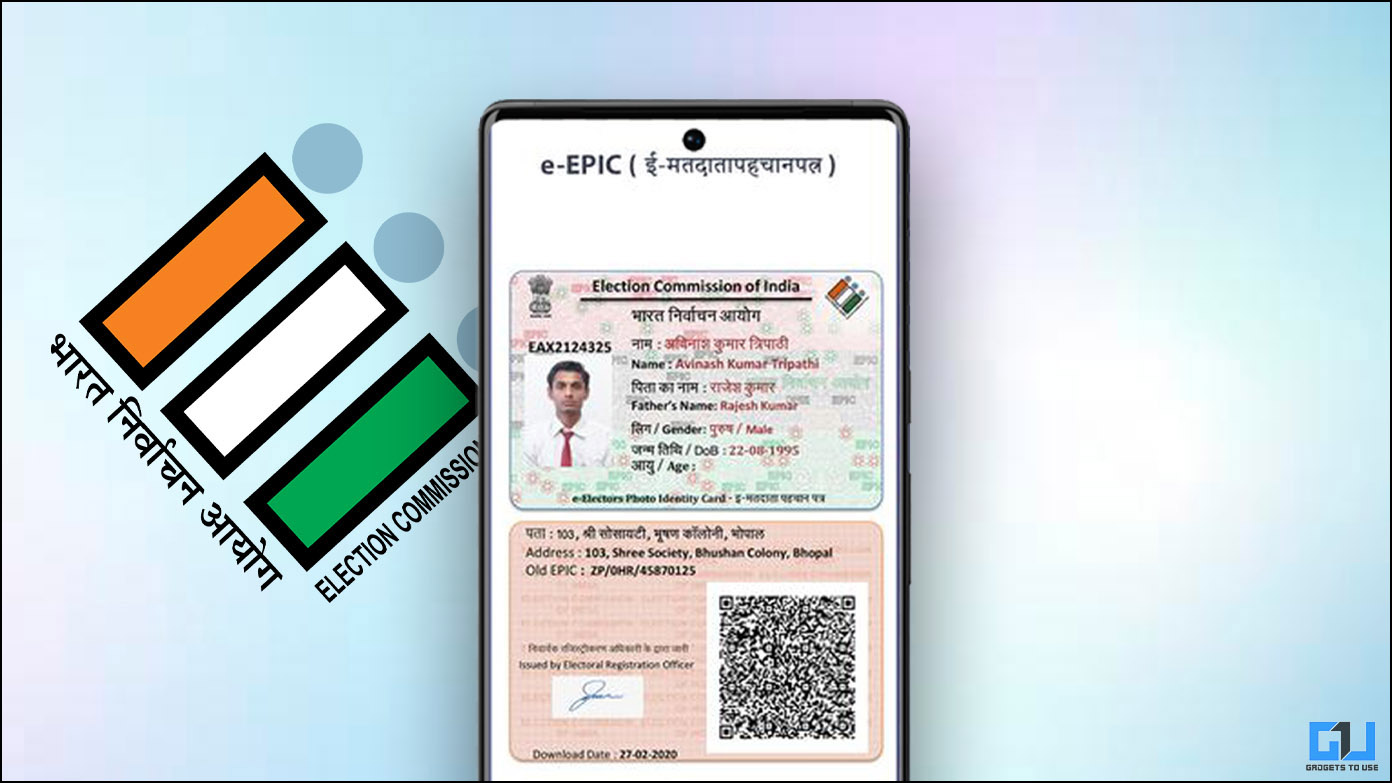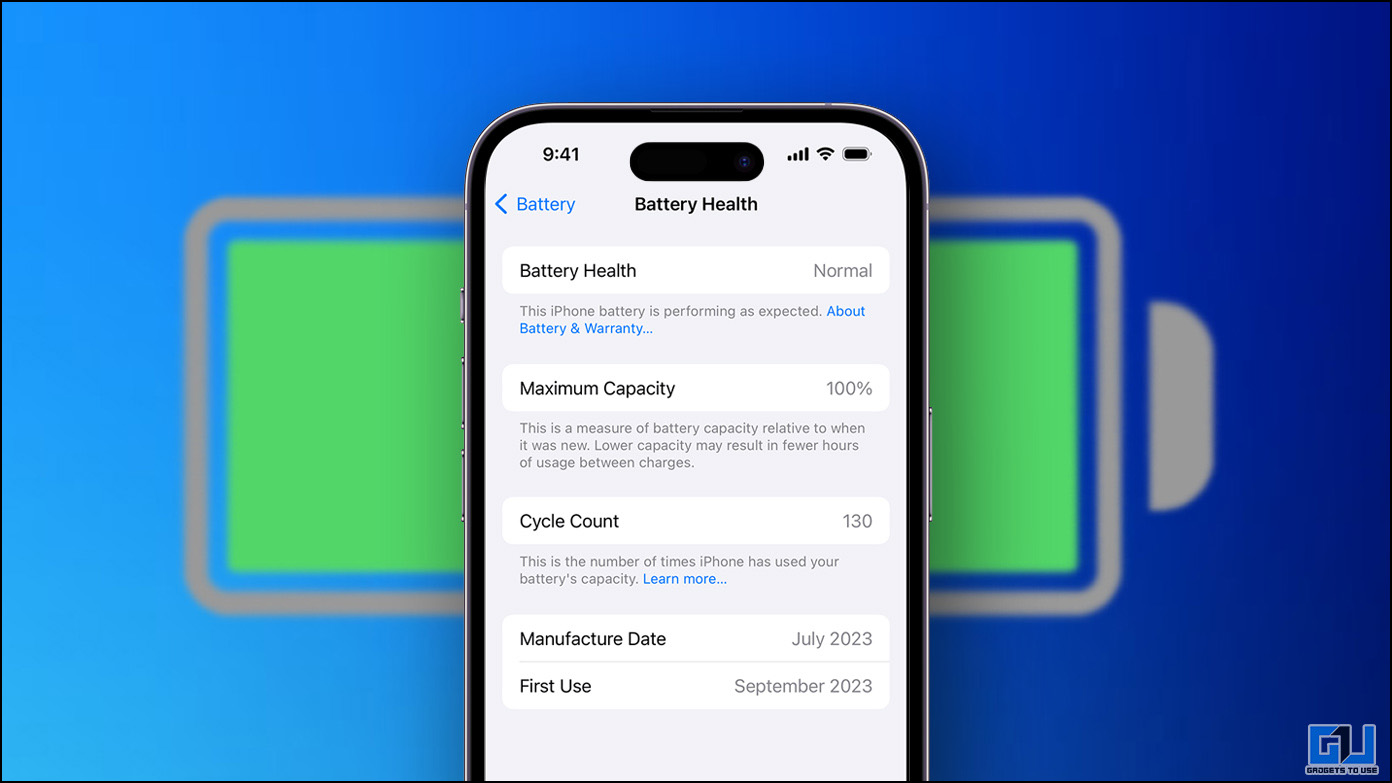Over the years the Android OS has brought to us a steady stream of exciting new features and specifications via constant and timely updates and upgrades. Any Android update is greeted with overall joy and celebration from the Android community – after all, Google has proven its worth many times over with the kind of products it provides to its users. But behind this hallelujah, there always lies a dark truth – of bugs and defects. No Android version has ever claimed, or can claim, to be completely error-free.
As different as Google might claim Android 4.4 KitKat to be from it’s predecessors, it remains similar in one regard – it contains a number of bugs which have ended up bringing headaches for the users. Some of these bugs are trivial and can be ignored, but others essentially hamper the functioning of the device. Let us have a look at some of these bugs and try to understand if it’s really necessary to upgrade to Android 4.4 from your current, stable Android version.
Connectivity Problems
Call/Connection dropping problems are being frequently reported by consumers who have upgraded to Android KitKat. And it’s not just the average users who have complained about it – numerous mobile app developing companies have found bugs pertaining to this problem to be present in the new Android version.
For some devices, the experience has been nothing short of horrendous. Consider the Moto G, where the original KitKat updates ended up breaking the connectivity features and the number of call drops went unnaturally high. With more recent updates the issues have been somewhat fixed, but the question that why the bugs were originally not detected by testers remains to be answered.
Unstable Wi-Fi
With 3G and 2G connectivity still not covering the complete expanse of developing nations such as ours, Wi-Fi remains the choice of individuals for connecting to the internet, especially at home. Bearing this fact in mind, imagine the disappointment of the users on finding out that the much acclaimed Android OS update there devices have just received has actually ended up breaking their Wi-Fi Connectivity. According to reports, KitKat often aborts Wi-Fi connection by itself. Not only will this result in slower connectivity and frequent connection errors, but also force devices to use the data connection more often – resulting in larger bills.
Lower Battery Life
Most early Android upgrades have the habit of forcing your device to consume more power and become less efficient. Android 4.3 itself had it’s share of such problems in the beginning – later updates fixed these issues. Users have reported that with KitKat, their power to output ratio has hit an all time low. Not only this, but the time taken to recharge batteries has gone up as well.
Non-compatibility with Older Apps
This, once again, has been an issue of concern in almost all Android upgrades. Updates and upgrades tend to break older app versions, resulting in hang-ups and force-closing issues in numerous apps. As a result, app developers have to rush to provide app upgrades which might never have been required had Google done it’s homework properly. The resulting costs for development, testing and implementation of the apps has to be born by the developers and users while Google sits smugly at the top, raking in Moolah at the expense of the both of them.
Overheating Problems
Overheating of the device is never a desired condition – it may result in numerous resultant problems, which interested readers can learn about via reading our article on overheating problems. The bottom line here is that KitKat seems to aggravate heating problems on the devices and therefore increases the probability of device crashes, software problems etc. Users believe that on installation of KitKat the problems have increased and related issues have come up.
The Infamous Storage Access Issues
Prior to Android 4.4, apps had complete access to your SD card. To simplify it for those of us who are not extremely tech savvy, earlier Android versions allowed apps to read and write anywhere on the SD card without any exception, something which might be referred to as providing ‘Global read-write access‘ to the SD card. This might have been a little risky, with malicious apps being allowed to edit data on the SD card without any barriers to restrict them.
To overcome this problem, Android 4.4 KitKat has taken away the ability of the apps to have Global Write access to the SD card. As good as Google’s intent has been, this has resulted in apps already installed on the SD card to lose their data and many apps becoming completely incompatible. The strangest part is that apps can still read data from the SD card if they are given the permissions to do so at the time of installation, which essentially does make the task of malicious apps difficult, but not impossible.
For those of us with Rooted Devices
We have earlier talked to our readers about what is rooting and how to root their devices. An additional problem associated with Android 4.4 KitKat is the incompatibility of numerous mods which could have been other wise used on older Android Systems. While the unofficial Custom Android Development community is fully engaged in providing alternatives to important modifications, it cannot be denied that with the intention of creating a lightweight and different Android upgrade Google has ended up breaking up various important modifications.
Why the Late Updates?
A frequent question consumers tend to ask is ‘Why doesn’t my device receive timely updates, at par with those received by Google devices?‘. The answer to this question lies in a manufacturer’s desire to provide user’s with a fully functioning and near-perfect updates. Manufacturers always edit the stock Android OS provided by Google in a way which will suit their own devices. this is important as device es from different manufacturers differ, both in their software and hardware features.
Consider the Motion sensor of the Samsung S5 or the dual lens functionality of the HTC One M8 – it does not take a genius to realize that these will require different software features to go along with. And that is precisely why Samsung has it’s Touchwiz UI and the HTC has it’s Sense. Add to this the fact that different device models with somewhat differing functionalities are sold by the same manufacturer in different regions of the world – for example, US based Samsung devices might have 4G functions not yet required on Indian devices – and you have a large number of updates being released by manufactures over a long period of time, even though they belong to the same Android version category.
Conclusion
To upgrade to Android 4.4, especially for those of you who haven’t yet, is completely a personal choice. With more promised updates coming up soon, and maybe even an Android 4.5 version in offering not too far away, users can choose to stay on older Android versions. It is thus important for the users to realize that the Android 4.4 they are so keen on upgrading to is a work-in-progress, just as all Android versions are. Google’s philosophy is to keep at it, steadily and continuously, and to come up with user-centric better products, and in this constant process of updates it is not unlikely to come across some Android versions which might not function as well as others.






